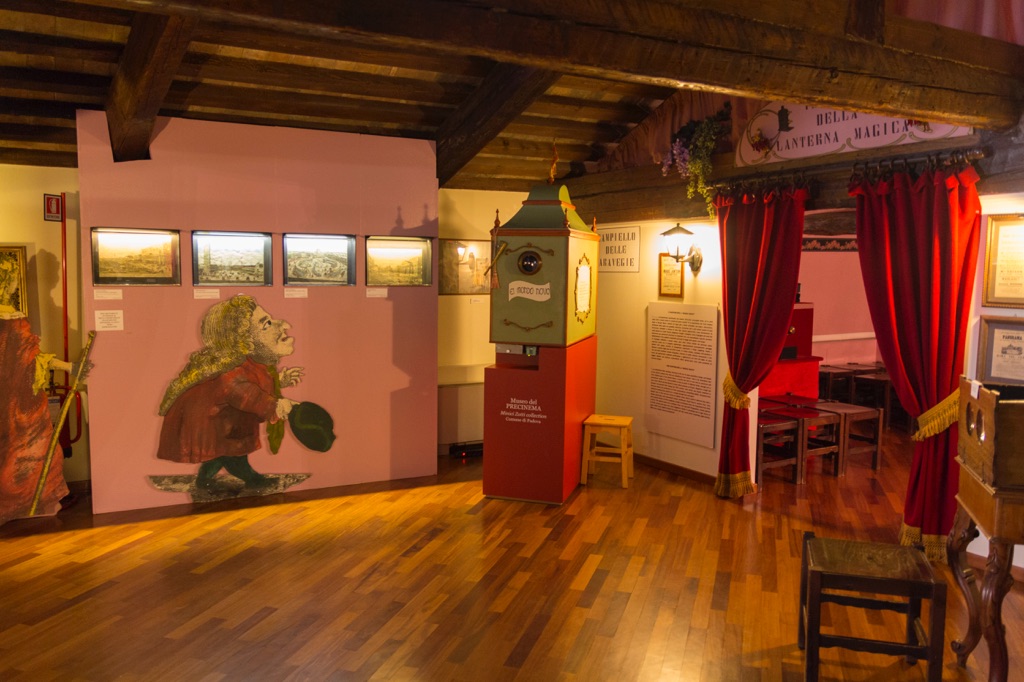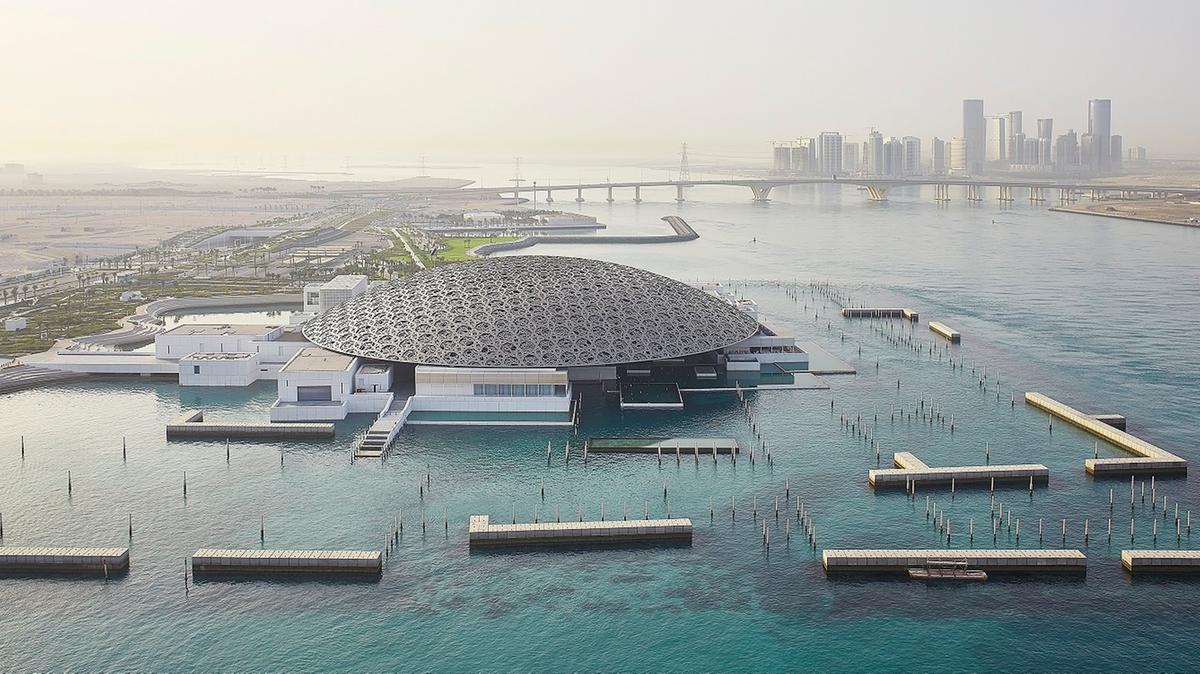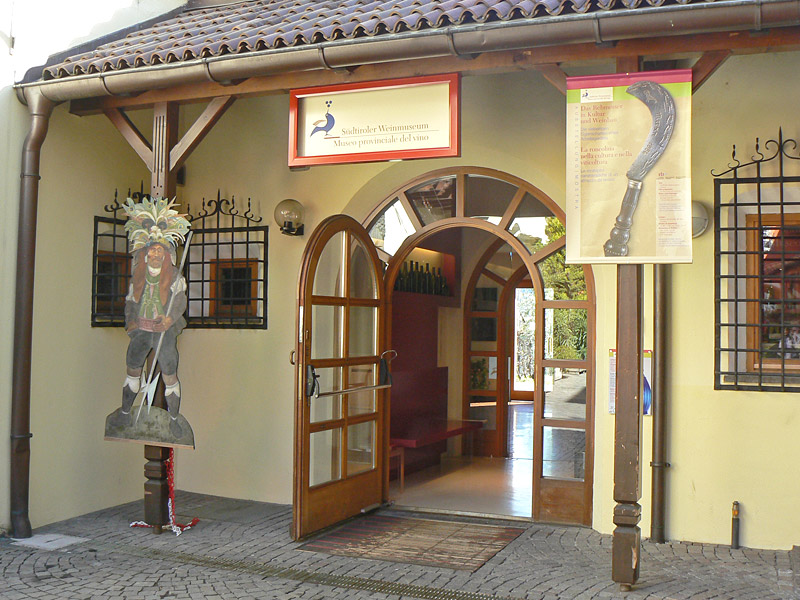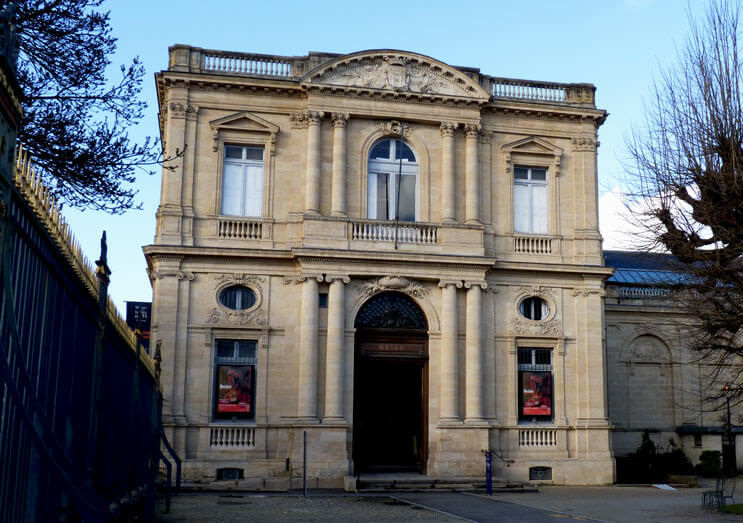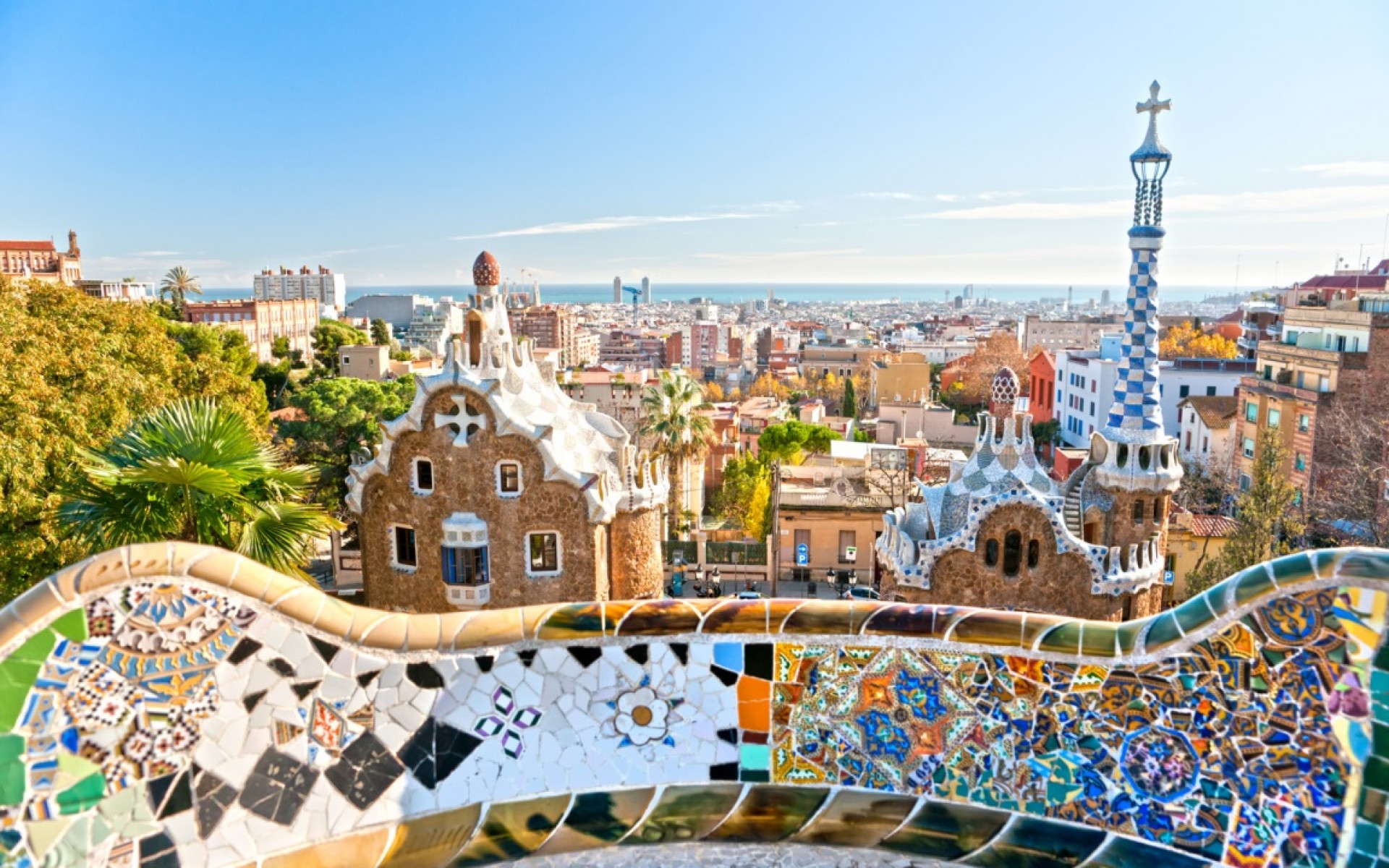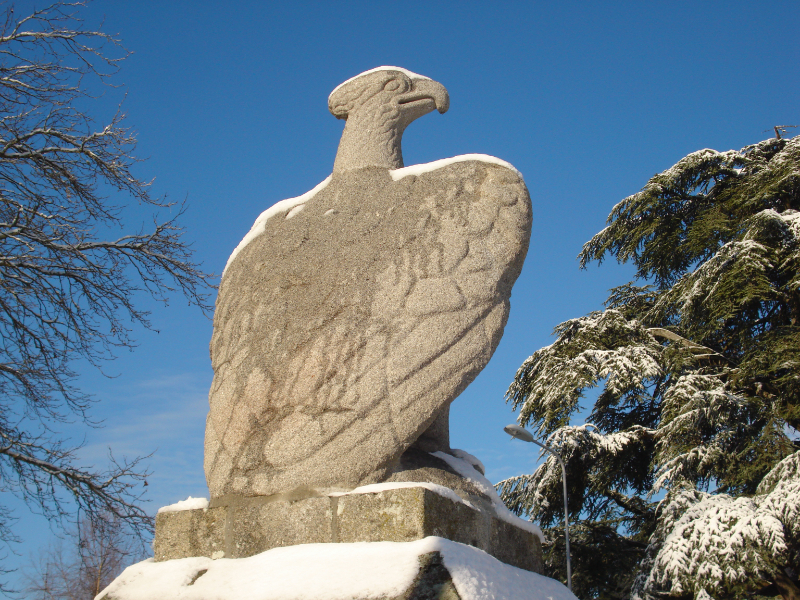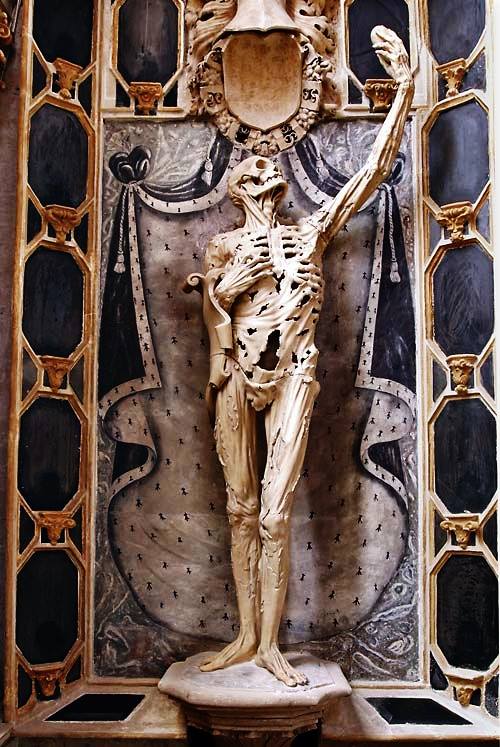Palazzo Angeli, houses a unique museum in the Italian and world panorama: the Museum of Precinema.
It is a collection of images and machinery for their vision or projection that since the ‘700 had a great diffusion in Europe and in the world, forming the basis for public and private performances, which delighted and amazed both the people and the kings and their courts.
In the two centuries in which science and technology had an enormous impulse and progress, every new discovery or scientific intuition in the field of optics and vision was immediately spectacularised and brought to the general public by the precursors of the Lumière Brothers.
These spectacles were so successful that specific theatres were created, such as the Crystal Palace in London, or were cited in literary works, such as the "mondo niovo" mentioned by Goldoni.
The principles of the visions of Pre Cinema are those that we still find in cartoons or in images that offer the illusion of three-dimensionality.
Precisely because of this mixture of art and science, the Museum offers an extremely fascinating journey into a world that is both ancient and modern.
In the exhibition you can admire optical views and magic lanterns, simple devices with a playful character such as thaumatropes, more ingenious instruments such as the zootropium, even toy lanterns in painted tin.
Pettibone Magic Lantern Precinema Museum
Next to the projection apparatus, the Collection gathers thousands of images used to create animations: glass dated between the middle of the 18th and the beginning of the 20th century, mostly hand-painted, engravings on glass or hand-coloured photographs.
One section is dedicated to photography: here it is possible to observe the images inserted in Carlo Ponti’s privileged megaletoscope of 1864.
Another section is focused on stereoscopy with vintage portable or column stereoscopes, accompanied by photographic images that appear three-dimensional, including the representation of Prato della Valle seen at 360° in 3D.
Museum of Precinema Ghironda magic lantern
Last but not least, the ancient musical instruments used for performances, a late 19th century Javanese shadow theatre and the reconstruction of Canaletto’s camera obscura.
Scattered throughout the exhibition are faithful reconstructions of the equipment with which it is possible to experience first-hand the precious images.
Finally, a video projection tells the fascinating story of the Archaeology of Cinema.
